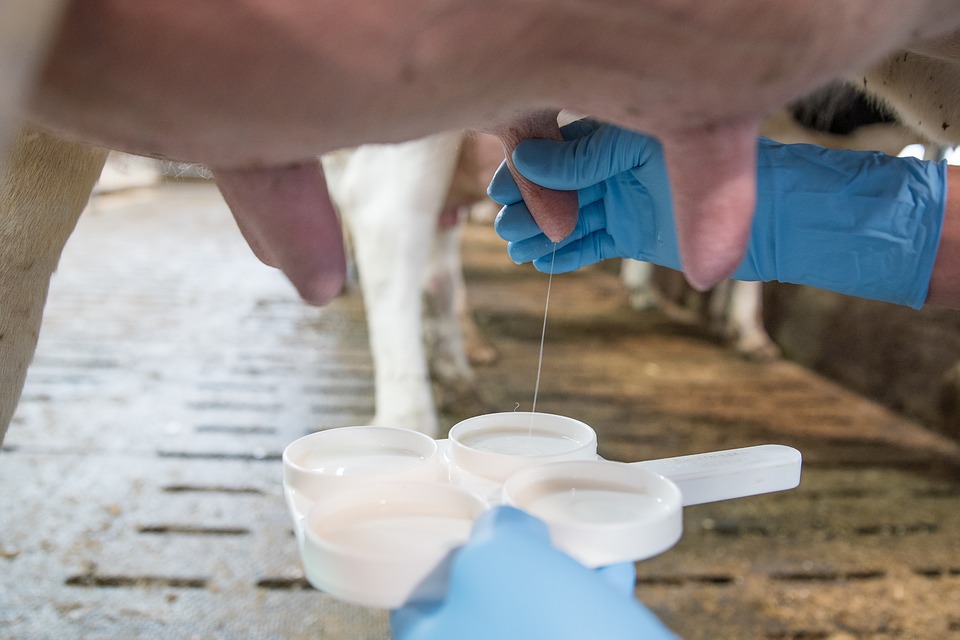
Cow’s milk is a very valuable food because it has high essential nutrient content, and according to research, by consuming milk, the risk of degenerative disease is low. The low consumption of animal protein has an impact on the quality of life.
The low milk production is caused by several determinants of livestock breeding, breeding and reproduction, provision and feeding, livestock raising, provision of facilities and infrastructure, and prevention of disease and treatment. Feed management has a proportion of seventy percent in milk productivity, and the remainder is breeding and cage management. In order to improve the efficiency of the management of livestock, especially feeding, it is necessary to carry out feeding strategies that include the provision of feed ingredients, ration preparation, feed presentation and associated institutional role.
The supply of dairy feed ingredients should take into account the factors of palatability, nutritional value, availability and not compete with human needs, and affordable prices. Dairy cows should be given two feed groups ie forage feed and concentrate feed. Forage feed is the main feed ruminants because through fermentation in the rumen by microbes, and can provide energy to meet basic life needs. While concentrate feed is a mixture of energy rich ingredients and protein, which is useful to increase the quantity and quality of milk dairy lactation cow and increase milk production.
The preparation of rations for dairy cows should be balanced in the sense that the given ration should be in accordance with the number and proportion of all the nutrient requirements of dairy cows under 24 hours. One strategy that can be done is to observe the degaradasi rate of feed in the rumen. In the case of the presentation of feed on dairy cow, several strategies are done such as feeding of forages and concentrates simultaneously, avoiding overly greasy feed mill, and frequent feeding frequency.
One indicator of the success of a dairy farm is the increase in milk production. This of course can not be obtained with a sudden, need to be considered carefully not only concerning the feed but also environmental factors. Some of the main factors to note include:
1. Livestock Location
Keep the dairy cows in a safe area away from crowded locations. The goal is to avoid stress due to the sounds that can interfere with the comfort of the cow, especially when the cow is producing milk.
2. System of Mobilization
Pemerahan can be done either manually or using a special tool to pull milk from the udder. A good deployment begins by cleaning the udder with a clean, nail polish, so that the milk produced is not contaminated with germs. Besides, the direction of milking should be done correctly.
3. Quality of Feed
Healthy cows require sufficient quantity of feed and quality, both in terms of feed conditions and nutrient balance conceived. Nutrition in the diet is an important element to ensure cattle health, body growth, fertility, and optimal milk production. One of the most important ingredients for dairy cows in the rumen is the presence of rumen microbes. These rumen microbes require certain ingredients such as nitrogen that are used to become microbial proteins.





